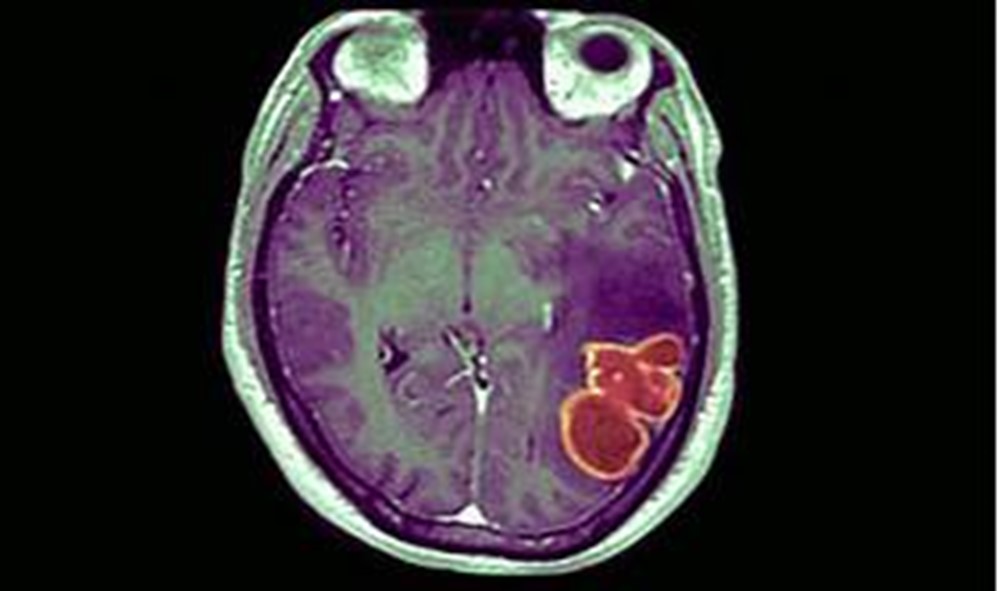A nurse is caring for an older adult client who has difficulty communicating verbally due to aphasia following a stroke.
Which of the following strategies should the nurse use to assess this client’s pain? (Select all that apply.)
Ask yes or no questions
Use a visual analog scale (VAS)
Observe for nonverbal cues
Use open-ended questions
Involve family members or caregivers (Source: https://quizlet.com/580119875/pain-management-ati-flash-cards/).
Correct Answer : A,B,C,E

The correct answer is choice A, B, C, and E. The nurse should use the following strategies to assess this client’s pain:
• Ask yes or no questions: This can help the client to communicate their pain level and location with minimal language difficulty.
• Use a visual analog scale (VAS): This is a self-report pain scale that uses a line with endpoints labeled as “no pain” and “worst pain imaginable”. The client can point to a position on the line that corresponds to their pain intensity. VAS has been shown to be feasible, valid, and reliable for stroke patients with mild-to-moderate aphasia.
• Observe for nonverbal cues: This can include facial expressions, body movements, vocalizations, and changes in vital signs that may indicate pain. Nonverbal cues are especially important for clients with severe aphasia who cannot use self-report scales.
• Involve family members or caregivers: They can provide information about the client’s pain history, preferences, and behaviors that may indicate pain. They can also help the nurse to communicate with the client and interpret their responses.
Choice D is wrong because open-ended questions require more complex language skills and may frustrate the client with aphasia. The nurse should use simple and direct questions that can be answered with yes or no, gestures, or pointing.
Nursing Test Bank
Naxlex Comprehensive Predictor Exams
Related Questions
Correct Answer is C
Explanation
The correct answer is choice C) Chest pain.
This is because chest pain can be a sign of a serious cardiovascular event, such as a heart attack or stroke, which can be fatal.
Celecoxib is a nonsteroidal anti-inflammatory drug (NSAID) that belongs to the class of cyclooxygenase-2 (COX-2) inhibitors.These drugs can increase the risk of cardiovascular thrombotic events, especially in patients with a history of heart disease or risk factors.
Therefore, the nurse should instruct the client to report chest pain immediately and seek emergency medical attention.
Choice A) Constipation is wrong because it is not a common or serious side effect of celecoxib.
Constipation can be caused by many factors, such as diet, dehydration, lack of exercise, or other medications.It can be managed by increasing fluid and fiber intake, using laxatives or stool softeners as needed, and consulting a doctor if it persists or worsens.
Choice B) Nausea is wrong because it is a common but mild side effect of celecoxib that usually goes away with time or can be reduced by taking the medication with food or milk.
Nausea is not a sign of a serious adverse reaction and does not require immediate medical attention.
Choice D) Headache is wrong because it is also a common but mild side effect of celecoxib that can be treated with over-the-counter pain relievers, such as acetaminophen or ibuprofen.
However, the client should avoid taking aspirin or other NSAIDs with celecoxib, as this can increase the risk of gastrointestinal bleeding and ulcers
Correct Answer is A
Explanation
The correct answer is choice A. Serum calcium.Etidronate is a bisphosphonate that inhibits bone resorption and reduces the risk of skeletal complications in patients with cancer-related bone pain.However, it can also cause hypocalcemia (low serum calcium levels) as a side effect, which can lead to muscle spasms, numbness, tingling, seizures, and cardiac arrhythmias.
Therefore, the nurse should monitor the patient’s serum calcium levels regularly and supplement with calcium and vitamin D if needed.
Choice B. Serum potassium is wrong because etidronate does not affect potassium levels.Potassium is mainly regulated by the kidneys and can be altered by renal impairment, dehydration, acid-base imbalance, or medications such as diuretics or potassium-sparing agents.
Choice C. Serum creatinine is wrong because etidronate does not affect creatinine levels.
Creatinine is a waste product of muscle metabolism that is excreted by the kidneys.It reflects the glomerular filtration rate (GFR) and can be elevated in renal dysfunction or dehydration.
Choice D. Serum albumin is wrong because etidronate does not affect albumin levels.
Albumin is a protein that is synthesized by the liver and helps maintain fluid balance and transport substances in the blood.It can be decreased in liver disease, malnutrition, inflammation, or protein-losing conditions.
Whether you are a student looking to ace your exams or a practicing nurse seeking to enhance your expertise , our nursing education contents will empower you with the confidence and competence to make a difference in the lives of patients and become a respected leader in the healthcare field.
Visit Naxlex, invest in your future and unlock endless possibilities with our unparalleled nursing education contents today
Report Wrong Answer on the Current Question
Do you disagree with the answer? If yes, what is your expected answer? Explain.
Kindly be descriptive with the issue you are facing.
